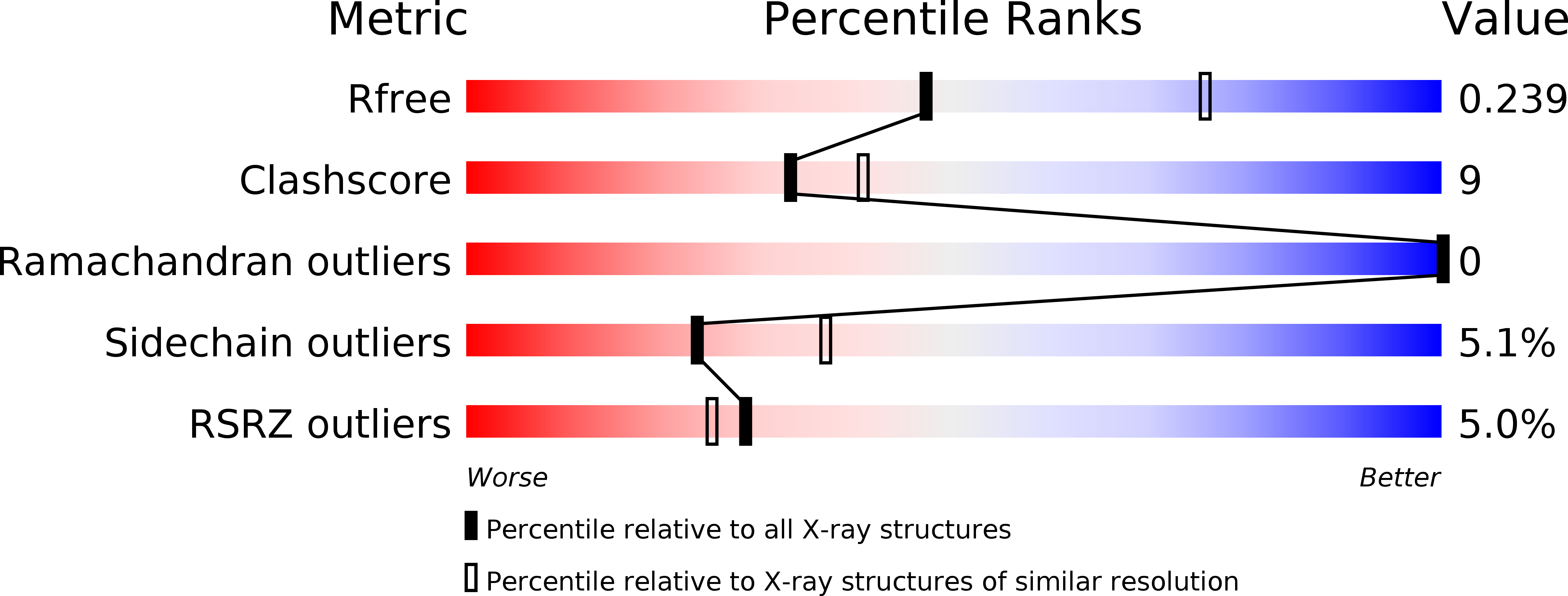
Deposition Date
2011-09-13
Release Date
2011-10-26
Last Version Date
2023-09-13
Entry Detail
PDB ID:
3TSI
Keywords:
Title:
Structure of the parainfluenza virus 5 (PIV5) hemagglutinin-neuraminidase (HN) stalk domain
Biological Source:
Source Organism:
Simian virus 5 (Taxon ID: 11208)
Host Organism:
Method Details:
Experimental Method:
Resolution:
2.65 Å
R-Value Free:
0.23
R-Value Work:
0.20
R-Value Observed:
0.20
Space Group:
P 32 2 1


